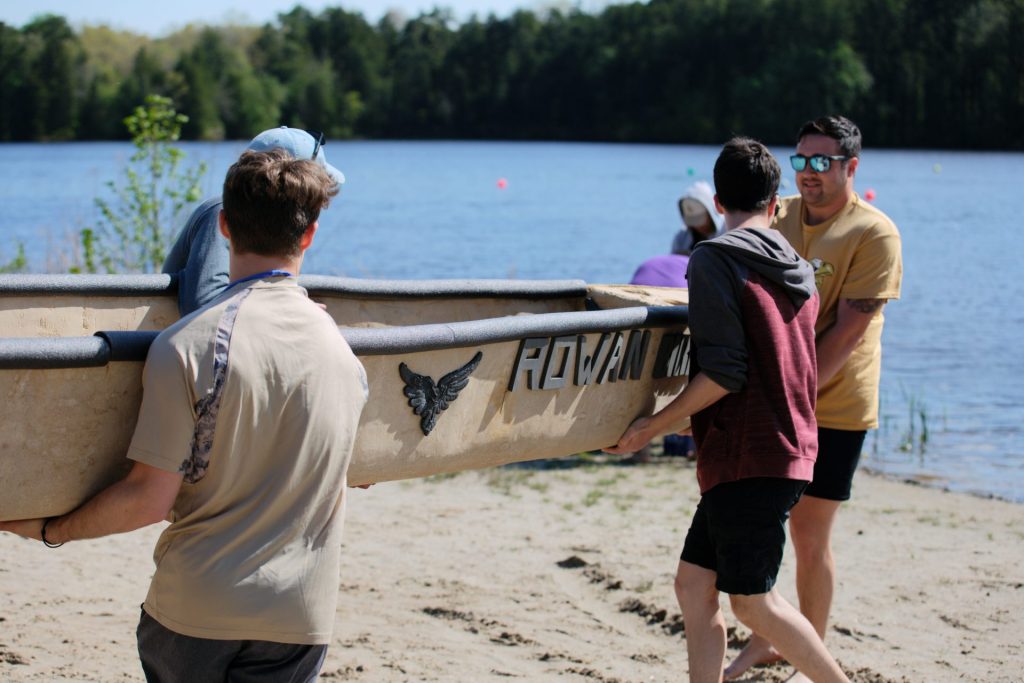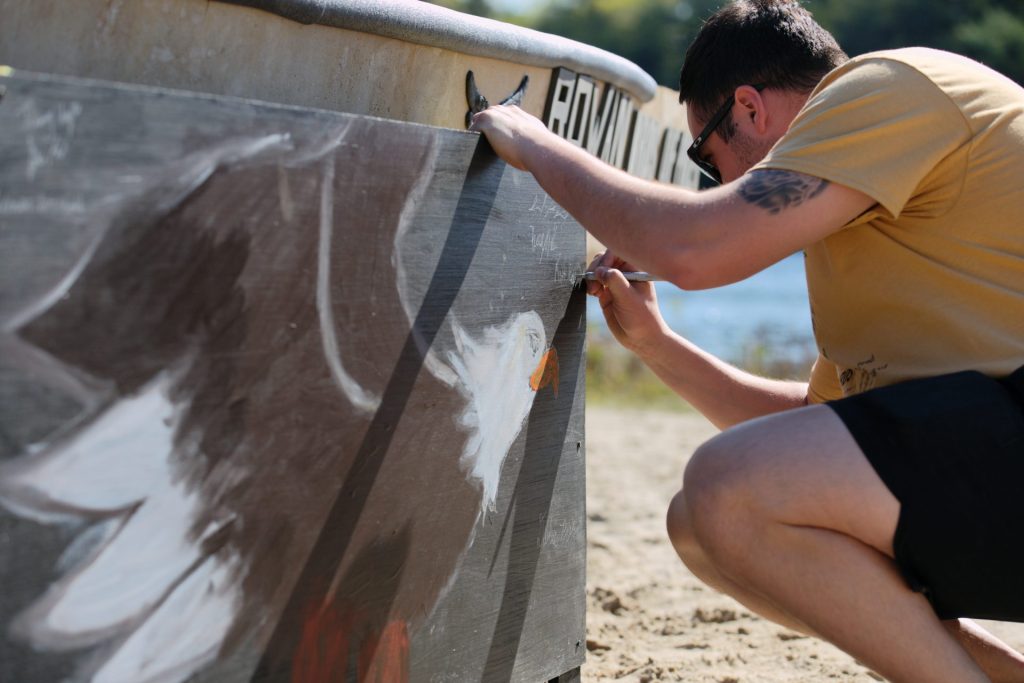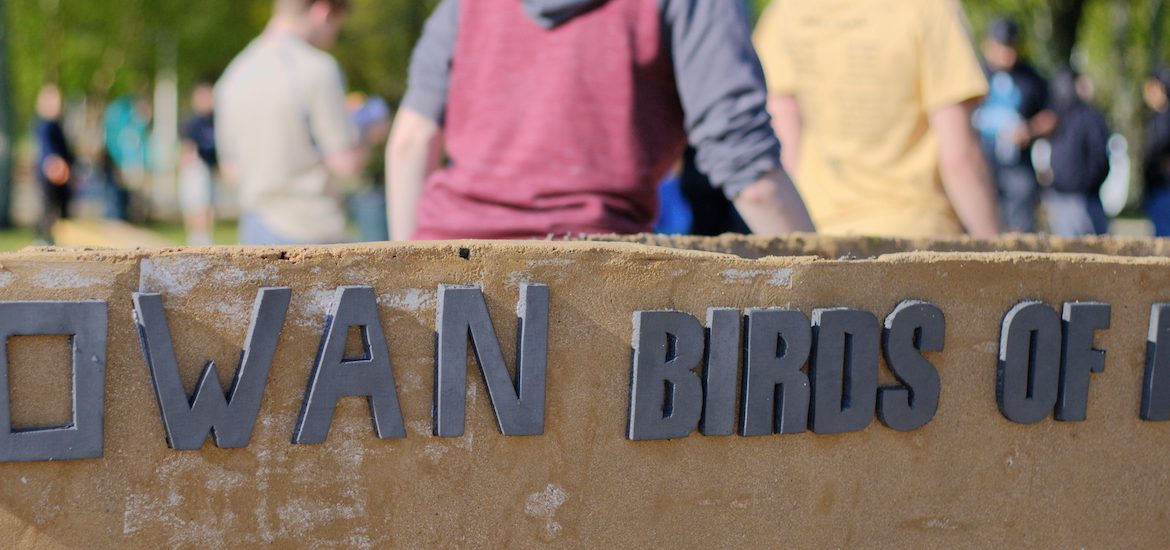A glimpse into hands-on learning within the civil engineering program
Meet Matt Eggnick, a civil engineering graduate from the class of 2023. Matt is here to tell us about the American Society of Civil Engineers (ASCE) Concrete Canoe Competition.
“The ASCE Concrete Canoe Competition is a challenge for all of the schools that want to compete to build a canoe out of concrete, where the winner gets to compete at Nationals in Wisconsin. It requires a lot of teamwork, hard work, and dedication to prepare for competition day.”
“When building the canoe, most of it is just buoyancy. If you think about it, there are ships that are made out of steel that weigh for than concrete, and they float. It comes down to the weight of the water that you displace, which allows for the canoe to float. The challenge is that the concrete isn’t very good at holding itself together when it’s this thin, so there are layers of mesh. We’ve tested multiple different mixes to see what was durable but light enough to not sink our canoe.”
“How many different mixes did we review? We tested, I’d say, three or four different mixes. There was some arbitrary testing with some prisms, and then we did actual casting; casting tests on a cross-section of the canoe before the full casting. We try to see what worked and what didn’t work. We learned that finer mixes were stronger. The larger mixers with larger aggregates were really chunky and more prone to failure. The finer ones are easier to work with and stuck to the form better.”

“The biggest challenge was casting. We had some help from other students in rowing and the engineering program. It took us about 6 hours on a Saturday. Leading up to that we had to prep all of our materials, get everything ready, and then when we were actually casting. We started to run out of pre-bashed materials, so we had to break out another team and continue batching.”
“The concrete we use we typically let cure for 28 days. We let it sit for 14 to 21 days before we take it out of our form. At that point, concrete reaches about 90% of its strength, so we felt that it was fine to take it out and make progress.”

“The first float far exceeded our expectations on our maiden voyage. We had low hopes, but hope that it would actually work. We came out to scale and run, put it in the water, and they performed very well. Then, we took a poll and it was a group effort for the name Birds of Prey. We want it to be elegant-sounding, but we’re fierce on the water.”
“The most important thing to remember when tackling a project like this is to not give up. You’re going to run into a lot of hurdles and a lot of challenges. You’re going to be like ‘I’m done with this,’ but you just keep pushing forward. Put the time in and try to see what works and learn from your failures.”
Like what you see?
Written by: Jordyn Dauter, junior dance & elementary education double major
Photos by: Joseph Conte, senior Community & Environmental planning major



